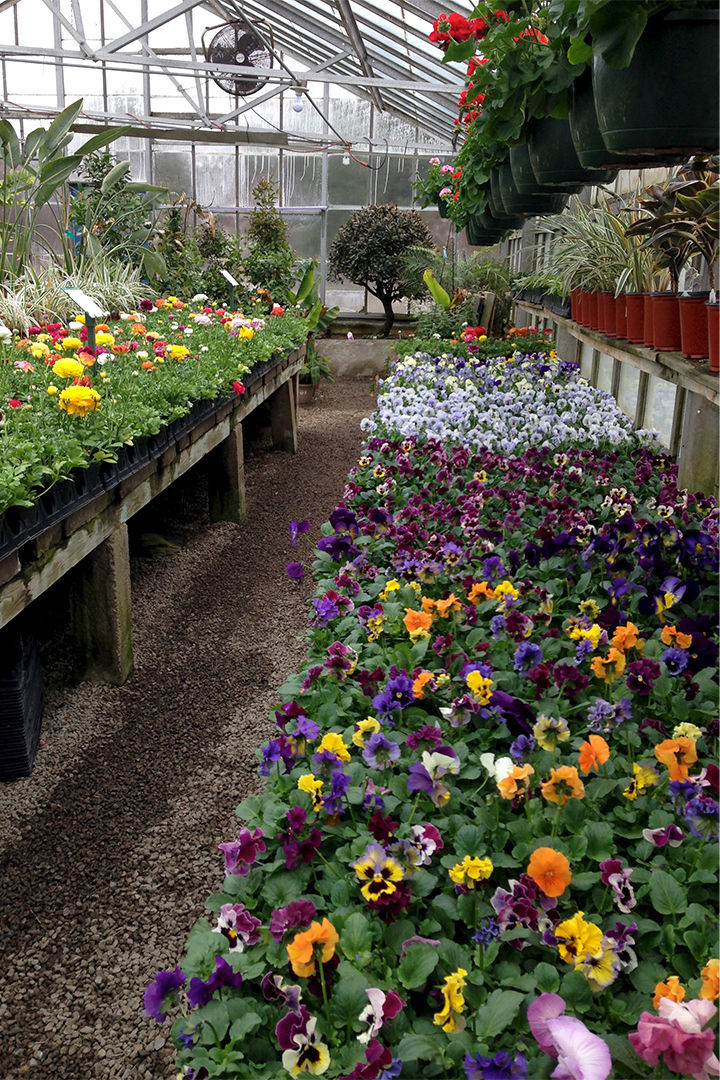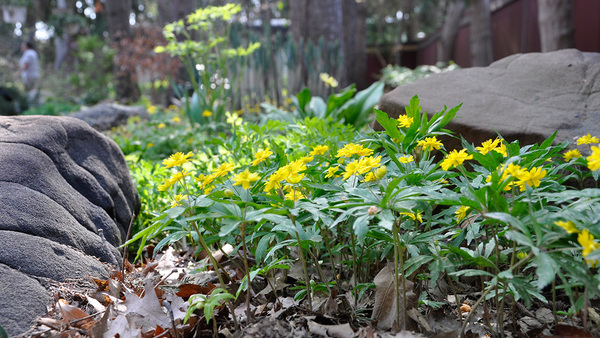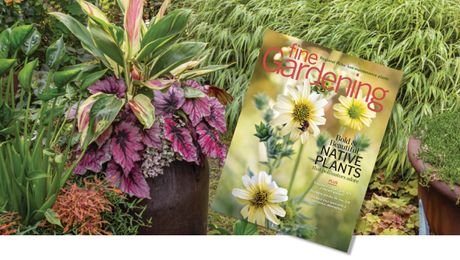
The groundhog predicted an early spring this year. Should we believe him? Back when Thoreau compiled his lists of flowering times and migration observations, spring arrived in Concord, Massachusetts, a good two or three weeks later than it does there now. Blame (or credit) climate change and urbanization for raising winter temperatures enough to shift spring forward. As early as spring is relative to the mid-nineteenth century, it always feels late to me, especially if it snows on the morning of the equinox, which it did this year. But when maples, crocuses, and forsythia start blooming in March, spring is, in fact, early. Forget the calendar. Spring comes when it comes.
Gardeners have always helped each other make sense of spring’s timing by passing down helpful hints tied to indicator species. All we have to do is fine-tune the folklore to make it relevant to our own gardens. Start by keeping your own phenological records, and test the traditions.
Most indicators of spring are tied to temperature. As soon as the top few inches of soil reach 55°F, the starting gun goes yellow and blue-purple. When pussy willows display pollen and when forsythia, Siberian squill, chionodoxa, and crocuses bloom, it is time to prune your roses and give them their first dose of an organic, slow-release fertilizer to boost reserves for breaking and budding.

Most of us can’t resist potting up and bedding out pansies, snapdragons, ranunculus, and primrose, which can survive a light frost, as soon as the daffodils bloom. Follow the crowd. I plant sweet peas out when trout lilies (Erythronium americanum, Zones 3–8) bloom and tulips peak.
Cut down last year’s perennial stems and seed heads when daytime air temperatures reach the mid-50s and above with some regularity. By then, insects hibernating in your garden’s debris will be waking up and moving on. If the soil is workable, plant, divide, and transplant perennials before they put on too much growth. (Wait until fall to divide and move early spring bloomers such as iris, epimedium, and creeping phlox.)
Warm days with night temperatures in the mid-50s will warm the soil quickly. To get a head start on summer, plant starts of frost-tender species such as zinnias, cosmos, and dahlias as soon as soil temperatures go over 60°F, or right around when crabapples bloom. But keep an eye on the forecast, and have some old sheets or Reemay handy in case a late frost is forecast.
You can play it safe and plant after your location’s average last frost date. If you aren’t sure of the date, consult the heavens. For many of us in the Northeast, it won’t frost after the full Flower Moon in May—which, in my neck of the woods, is right around when maple trees cast shade, peony buds fatten, and blueberries, columbine, and bearded iris bloom.
Kristin Green is author of Plantiful: Start Small, Grow Big with 150 Plants that Spread, Self-sow, and Overwinter, and gardens in Bristol, Rhode Island.
Fine Gardening Recommended Products

Lee Valley Garden Knife
Fine Gardening receives a commission for items purchased through links on this site, including Amazon Associates and other affiliate advertising programs.

Lee Valley Mini Garden Shear Set
Fine Gardening receives a commission for items purchased through links on this site, including Amazon Associates and other affiliate advertising programs.

Gardener's Supply Company Summerweight Fabric Plant Cover
Fine Gardening receives a commission for items purchased through links on this site, including Amazon Associates and other affiliate advertising programs.



















Comments
Log in or create an account to post a comment.
Sign up Log in